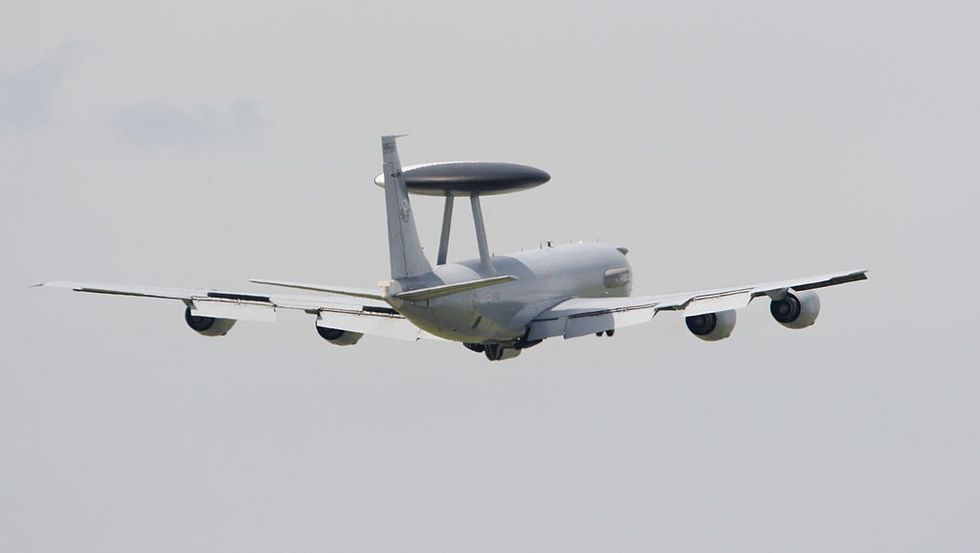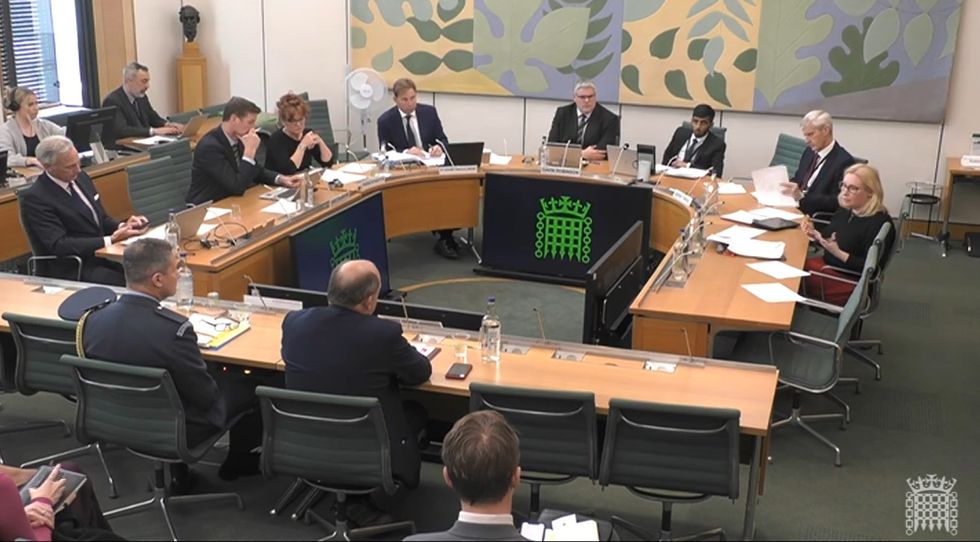RAF under 'serious threat' as Britain's 'warfighting ability' limited over lack of radar planes

The RAF retired its seven-strong fleet of E-3 Sentry planes in 2021
Don't Miss
Most Read
The head of the RAF has warned that Britain faces a "serious threat" to the nation’s "warfighting ability" due to a lack of radar planes.
Air Chief Marshal Sir Richard Knighton said the UK did "not have an airborne early warning capability at the moment", despite it being "fundamental to our ability to protect our country."
The RAF retired its seven-strong fleet of E-3 Sentry planes in 2021, amid plans to replace them with the more advanced E-7 Wedgetail made by Boeing.
However, due to delays, the first of the new jets are now not expected to arrive until the second half of this year, the Government told MPs. Ministers have also scaled down the order for Wedgetails from a planned five to just three, to save £700million.

A Boeing E-3 Sentry AWACS
|PA
In a report published last Autumn, the Commons defence committee said that the Air Force was now "too small to withstand the levels of attrition that would occur in a peer-on-peer war".
The influential body of MPs called on ministers to "consider as a matter of urgency how they can increase combat air mass in the short term".
In its response, the Government said decisions on the size of the Armed Forces were "threat-led" and "effectiveness" should not be judged purely on mass.
In their report, published last September, the Commons Defence Committee highlighted the lack of airborne radar as a major concern.
The committee said what was meant to be "a short-term capability gap" between the retirement of the Sentry and the introduction of the Wedgetail was now stretching to at least three years.
LATEST DEVELOPMENTS

The Defence Select Committee (file pic)
|PA
It said: "It is, therefore, astounding that the Ministry of Defence has accepted a capability gap that has left the UK reliant on Nato for… coverage since the outbreak of the Ukraine war, at a time when capacity is stretched across the Alliance.
"With only a limited number of [comparatively vulnerable] fixed and mobile land-based radars on UK soil, all of which would be primary targets for our opponents were the current Ukraine conflict to escalate, the capability gap… presents a serious threat to the UK’s warfighting ability."
Knighton was grilled by Mark Francois, a former defence minister, about the lack of radar planes when he appeared before the committee last May.
When asked about fixed radar stations being quickly taken out, he responded saying: "The simple answer is that our ability to see and understand what is happening in the air domain is fundamental to our ability to direct our forces and our assets and protect our country."
He added: "It is a very good point but my answer remains the same, we are part of a wider Nato air-defence system.
"In your question about E-7 and the fact that we do not have an airborne early warning capability at the moment, that is important to us, to the country, to the Air Force and to me."
In response, the Government said the Wedgetail "will offer a step change in capability, providing fifth generation airborne surveillance, command and control that is essential to counter current and expected threats."
It acknowledged there was "some increased risk against the UK’s ability to provide sovereign commitments and the UK’s contribution to Nato" as a result of shrinking the number on order from five to three.











